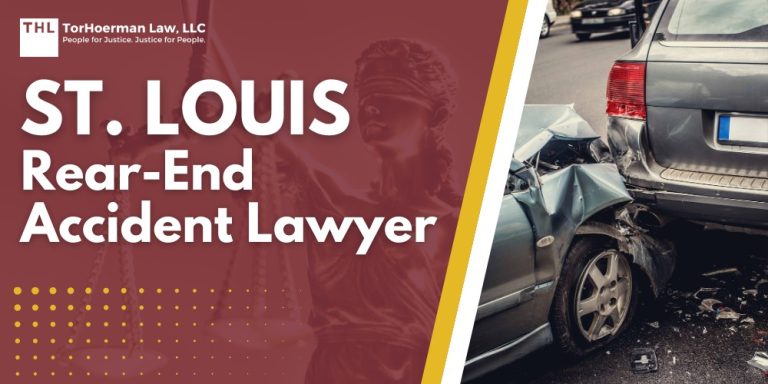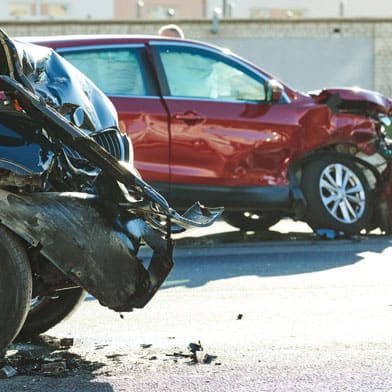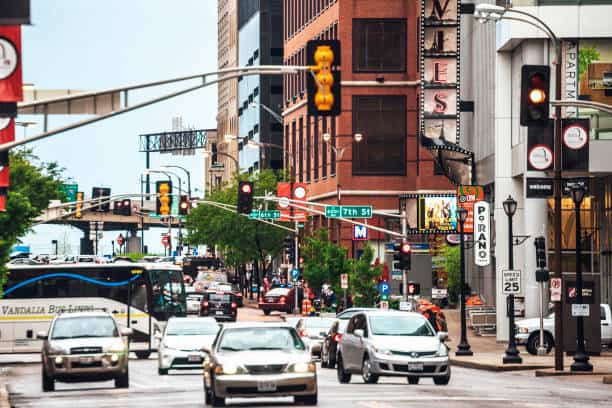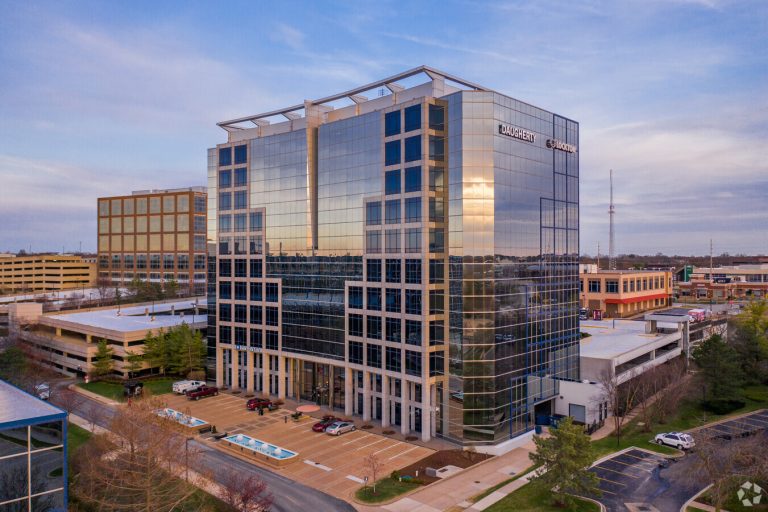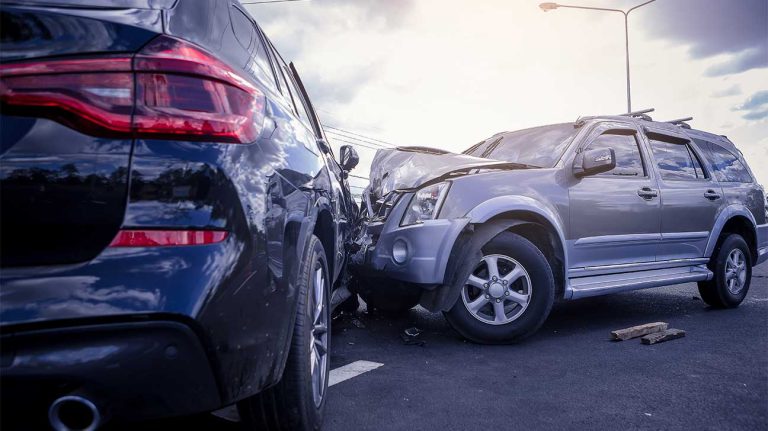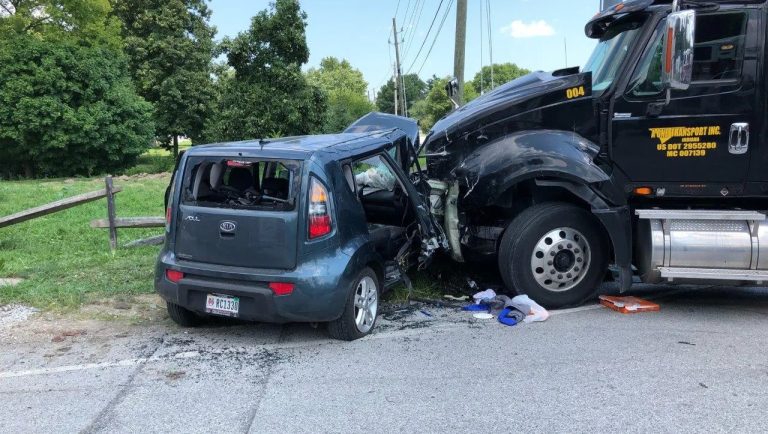Rear-end car accidents are a common type of collision that occurs when one vehicle crashes into the back of another car.
These accidents can range from minor fender benders to severe crashes causing significant injuries or even fatalities.
Understanding the causes and potential injuries associated with rear-end accidents is crucial for promoting safer driving practices and reducing the risk of such incidents.
How Common Are Rear-End Car Accidents?
Rear-end accidents are among the most prevalent types of car accidents globally.
According to the NHTSA, about 32.5% of road accidents are rear-ended.
Around 31.1% of these numbers resulted in serious injuries, while 7% resulted in fatalities.
The Insurance Information Institute (III) released an updated motor vehicle accident statistical report for 2021.
According to this report, rear-end car accidents account for 2,949 (7.5%) of fatalities on the road, making them the third most fatal car accident nationwide.
What Are the Common Causes of a Rear-End Car Accident?
Several scenarios and instances could cause a rear-end crash.
Some of the most common causes of rear-end accidents include:
- Distracted Driving: Distracted driving is one of the leading causes of rear-end accidents.
- Distracted driving refers to when a driver diverts their attention from the road, often by texting, talking on the phone, adjusting the radio, or interacting with passengers.
- Tailgating: Tailgating refers to driving too closely behind another vehicle, leaving insufficient space to stop safely in case of sudden braking.
- When a driver tailgates, they reduce their reaction time and increase the likelihood of rear-ending the vehicle in front of them.
- Sudden Stops: Sudden stops — whether due to traffic congestion, obstacles on the road, or unexpected events — can also contribute to rear-end accidents.
What Are the Fatal and Common Injuries in a Rear-End Collision?
Due to the prevalence of rear-end accidents, the accident injuries it could cause vary widely.
Some might be common and easily treatable, while others contain severe consequences.
Some of the common and fatal injuries related to rear-end accidents include:
- Whiplash: Whiplash is a common injury in rear-end collisions, characterized by neck strain caused by the sudden back-and-forth head movement upon impact.
- Soft Tissue Injuries: These injuries involve damage to soft tissues including muscles, ligaments, and tendons, often leading to pain, inflammation, and reduced mobility.
- Bruising and Contusions: Impact from a rear-end collision can cause bruising and contusions to various parts of the body, particularly the chest, abdomen, and lower extremities.
- Concussions and Head Injuries: In more severe rear-end accidents, occupants may suffer concussions or other head injuries due to the force of the impact.
- Traumatic Brain Injuries (TBIs): Severe head trauma from a rear-end collision can lead to a traumatic brain injury, which may result in long-term cognitive impairment, physical disabilities, or death.
- Internal Organ Damage: The force of impact in a rear-end collision can cause internal injuries such as organ rupture or internal bleeding.
- Spinal Cord Injuries: In catastrophic rear-end accidents, a spinal cord injury may occur, resulting in paralysis or permanent disability. Accident victims might temporarily or permanently lose mobility to a particular region of their body in severe spinal injuries.


